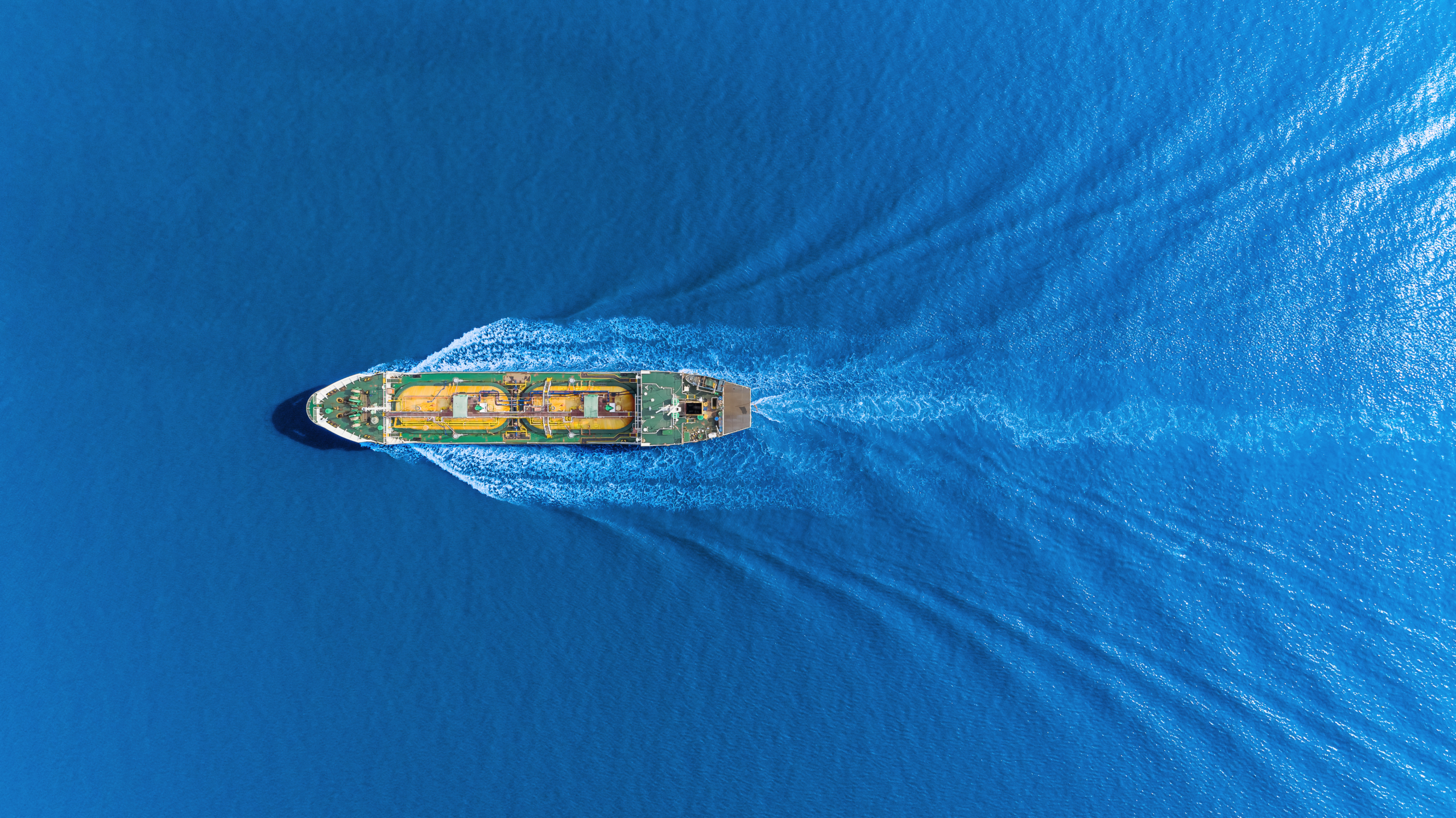
Marine Biofuels: What Research is Uncovering
The shipping industry is charting a new course toward sustainability, and biofuels are emerging as a promising alternative to traditional marine fuels. But how viable are they and what challenges do researchers face? What does this mean for the future of ocean-going vessels (OGVs)?
The International Maritime Organization (IMO) has set a goal for the global shipping industry to achieve net-zero greenhouse gas (GHG) emissions around 2050. Given that OGVs—such as cargo and container ships—account for over 80% of transported goods and contribute about 3% of global GHG emissions, finding cleaner fuel alternatives is a priority.
Currently, most marine vessels operate on fossil fuels, such as heavy fuel oil (HFO) or very low sulfur fuel oil (VLSFO). These fuels are among the heaviest petroleum products, contributing significantly to carbon emissions. If the shipping industry were a country, it would rank as the sixth largest GHG emitter in the world.
This is where biofuels come in. Researchers at the U.S. Department of Energy’s (DOE), Oak Ridge National Laboratory (ORNL), along with teams from the National Renewable Energy Laboratory (NREL), Pacific Northwest National Laboratory (PNNL), and Argonne National Laboratory (ANL), are investigating biofuels to replace fossil-based marine fuels. Their work is part of a DOE-funded study through the Bioenergy Technologies Office (BETO) aimed at reducing the life-cycle carbon footprint of shipping.
Research and Testing at ORNL
A key component of this research is the marine research engine at DOE’s National Transportation Research Center (NTRC) at ORNL. This engine, known as the Enterprise, provides a controlled environment for testing biofuels in marine conditions.
Scientists have been testing biointermediates—fuels derived from fast-pyrolysis and hydrothermal liquefaction oils—on this research engine. These biointermediates come from sources like municipal and wood waste, making them a promising alternative to traditional marine fuels. Initial tests have been conducted using blends of 10–20% biointermediates mixed with VLSFO. The results? The engine operated without issues, showing that these blends could be integrated into existing marine fuel systems.
Overcoming Challenges with Biofuels
Despite these promising results, challenges remain. One major hurdle is blending stability. If biofuels and traditional marine fuels are not properly mixed, a phenomenon called asphaltene precipitation can occur, leading to fuel system clogging. This issue is not unique to biofuels—it can also happen with incompatible HFO blends. Researchers are working to improve blend stability and ensure compatibility with ship infrastructure.
Another challenge is fuel acidity. Some biointermediates, particularly those derived from pyrolysis oils, have a high acid content that can corrode fuel system components. ORNL studies suggest that keeping blend levels below 50% helps prevent corrosion. Future research will focus on increasing blend levels while maintaining material compatibility.
What’s Next? Higher Blends and Sea Trials
With successful initial testing, researchers are preparing to evaluate higher biofuel blend levels. By 2027, onboard ship trials will help assess real-world feasibility.
Biofuels are proving to be a viable option for decarbonizing the shipping industry. With further advancements in blend stability, corrosion prevention, and large-scale production, biofuels could play a critical role in achieving IMO’s 2050 net-zero target.
This progress suggests that biofuels are no longer just a distant possibility—they are on course to become a practical solution for cleaner marine transportation.


